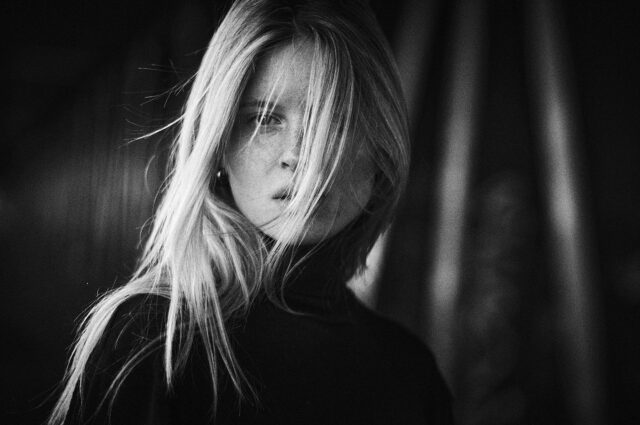
Small camera, big results: The old Leica promise comes true in a new exhibition in Konstanz. In the Leica Galerie, the new Bernhard Frei exhibition shows what a Leica M11 is capable of. A few years ago, such gigantic images would not have been possible with a 35mm camera.
The first visual impression is overwhelming. These prints are not large, they are huge; up to 219×146 cm. Each fills an entire wall in the two smaller rooms of the Leica Galerie Konstanz. And each shows only one person. Depending on how they are framed, these faces are larger than life. Yet, there is nothing heroic, brutal or domineering about these portraits. They are simply breathtaking images in an enormous format, more than two metres wide. Welcome to the Bernhard Frei exhibition.
The Bernhard Frei exhibition is a first, but not the work of a newcomer
The current exhibition at the Leica Galerie Konstanz is all the more surprising because it is Frei’s first. But, truth be told, he is no newcomer to photography. Born in 1982, he has been a professional photographer for almost 20 years. But for the most part, his work has been as anonymous as the people he has captured: Bernhard Frei is first and foremost a fashion photographer.


“In my fashion work, the people I photograph do not play a major role”, Frei says frankly, “they are more like living display mannequins”, paid to present trousers and jackets and whatever else. So he started a side project with portraits of people he knew, in-depth studies of human characters. “Ordinary People” is the title of the exhibition. Not to belittle anyone, but to show that we are all ordinary people. Or that under the surfaces we are ordinary people.
Everything under control: The artist prints his images in his studio
Speaking of surfaces, the material quality of the prints is reason enough to visit the Bernhard Frei exhibition. Frei makes them himself on an Epson printer and Hahnemühle paper. In fact, he has a small factory to make these prints, and he controls the process meticulously. Setting up the printer took several days with three experts from Epson, he says. You can imagine the investment, and one figure says it all: According to Frei, the largest prints cost well over €1,000 to produce.
The photographs in the Bernhard Frei exhibition are extremely diverse, but all excellent. Formally, the selection ranges from the fairly conventional facial portrait to the blurred, long-exposed environmental portrait. The artist says that he shared the lives of the people he photographed for a few days. That is, their workplaces, their homes, their families, their duties, their hobbies, and everything else. A truly immersive and quite journalistic approach, unusual for a photographer used to working with a large crew and tons of material.
The Bernhard Frei exhibition shows the contrast in a photographer’s work
In fact, the “Ordinary People” project is the biggest contrast to his other work, Bernhard Frei admits. When he drives to the set of a fashion shoot, he uses a small truck and does not yet have enough transport capacity. The portraits, originally intended for a book (which turned out very well) and now shown in the exhibition, were all taken with a Leica M camera and a few lenses. Radically different from what Frei does for a living.
Working with the Leica is something special for him, says Bernhard Frei. The camera forces him to get close, and it is not a big machine behind which he can hide. The fact that most of his face is visible to the other person is extremely helpful in a job that requires a lot of self-confidence, says the photographer. The excellent APO Summicron lenses he uses and the massive resolution of the M11 still produce results for the colossal canvas. Some pictures were taken with an M11 Monochrom. A camera that sets no limits in post-production if you know how to use it, says the artist. The Bernhard Frei exhibition proves him right.


Available light, no posing — the old virtues
The whole exhibition shows that he is a perfectionist, and he frankly admits it. If an image is not perfectly sharp, it is for a reason. Even without any additional light and without a full crew of assistants, junior photographers and stylists, he strives for technical perfection. At the same time, he seems able to build a relationship with the people on the other side of his camera. Some moments have a certain intimacy without being voyeuristic.
The unobtrusive camera and the black-and-white outcome make for a good fit
A photographer without formal training, but with experience in large-format analogue photography, chemical darkroom skills and a keen eye, Bernhard Frei shows both talent and technical mastery. He chose black and white for the project because it is “not so loud” and because it “does not distract”, as he says. In this project, form and contrast are more important to him than colour effects. The result, in the Bernhard Frei exhibition, speaks for itself.




The exhibition is probably the best promotion for what the store has to offer
And it speaks for the quality of Leica cameras and lenses. The staff at the adjacent Leica Store are delighted to be able to show what their expensive cameras are capable of. In a way, this exhibition is great advertising for Leica, but it does not turn the Leica Gallery into a marketing department — there is far too much art in Bernhard Frei’s pictures for that. And I think that even the occasional buyers of the €9,450 Leica M11 Monochrom with the €7,850 APO-Summicron-M 35 know deep down that the camera alone will not make them artists of Bernhard Frei’s calibre.
The Bernhard Frei exhibition is open until 14 January 2024, Monday to Friday from 10am to 6.30pm (Saturdays, 9.30am-2pm). The café, where a selection of the images is on display, opens earlier at 8.30 am. Admission is free. The Leica Galerie (and Store) Konstanz are located in Gerichtsgasse 14, in the oldest part of the historic centre, a few minutes to walk from the main railway station and port. The staff are English speaking. And if you can’t make it to Konstanz from wherever you are reading this article: Bernhard Frei shares his personal work also on his website.
More articles from Leica Store Konstanz
More from the author, Jörg-Peter Rau
Visit the author’s major project, The M Files
Want to contribute an article to Macfilos? It’s easy. Just click the “Write for Us” button. We’ll help with the writing and guide you through the process.

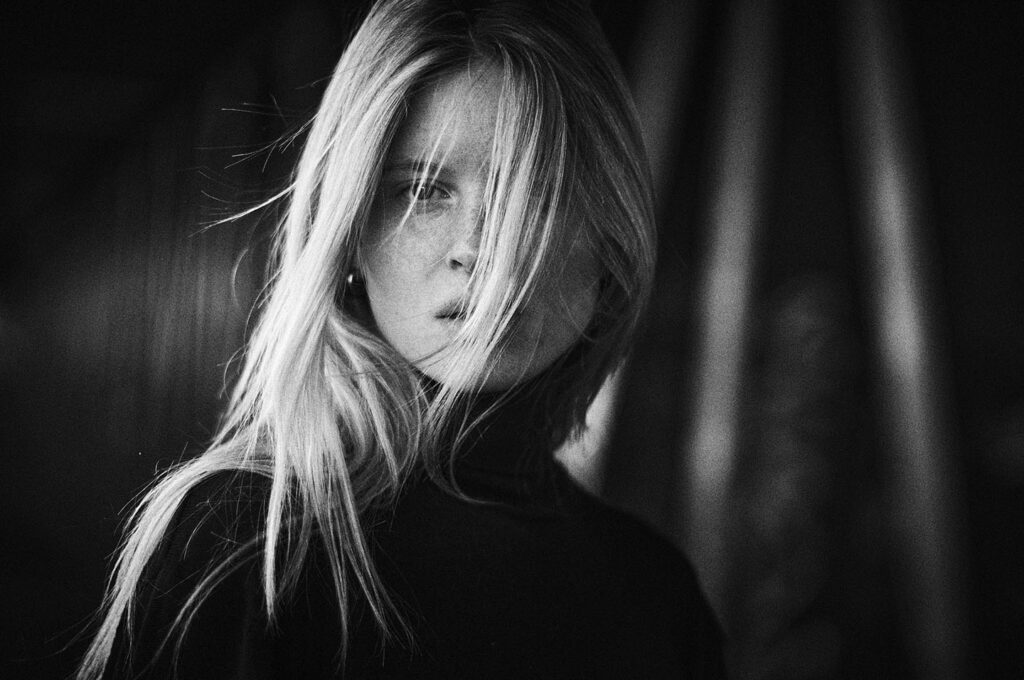
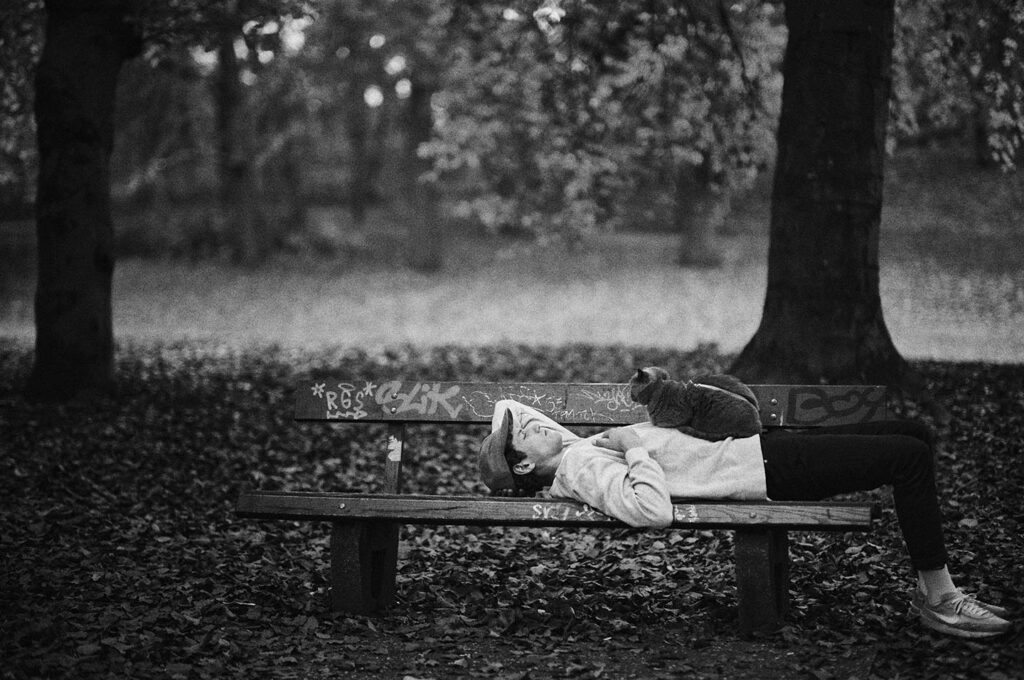
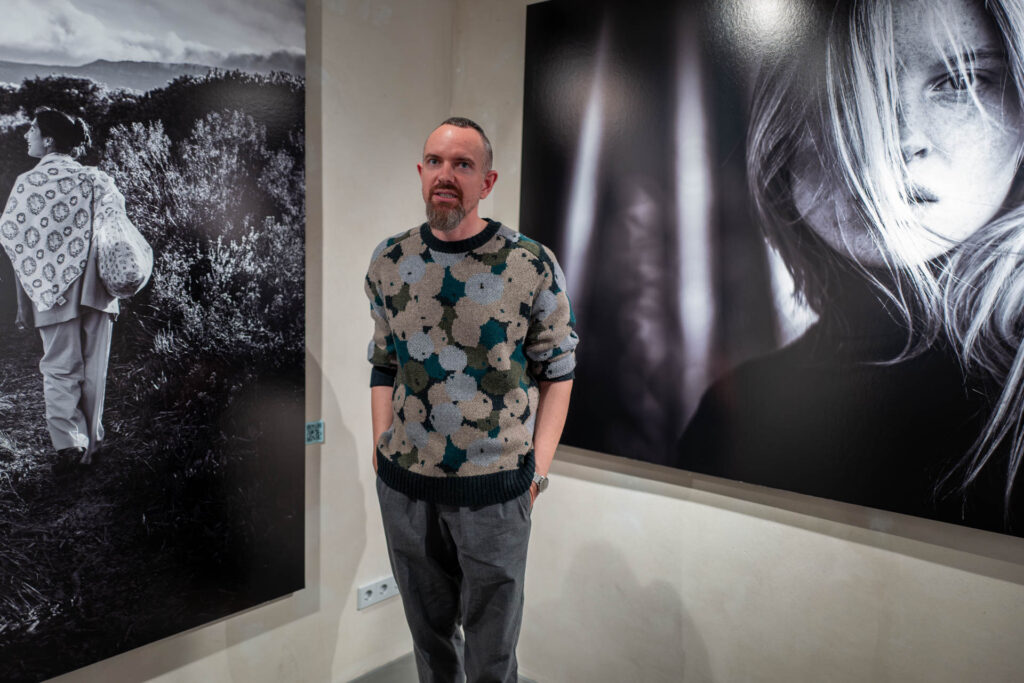
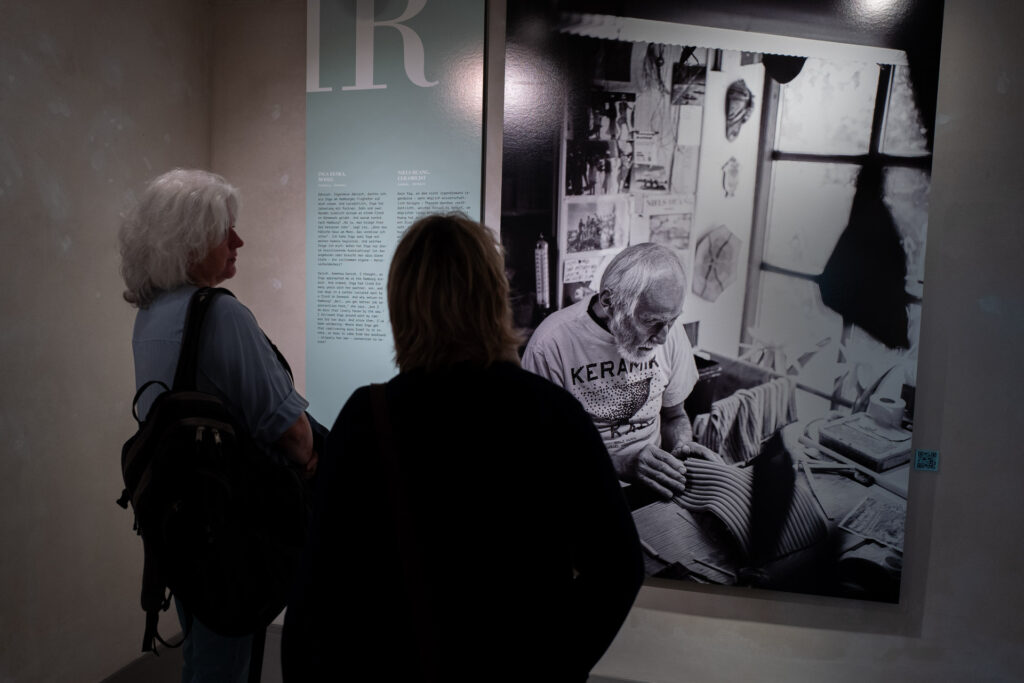
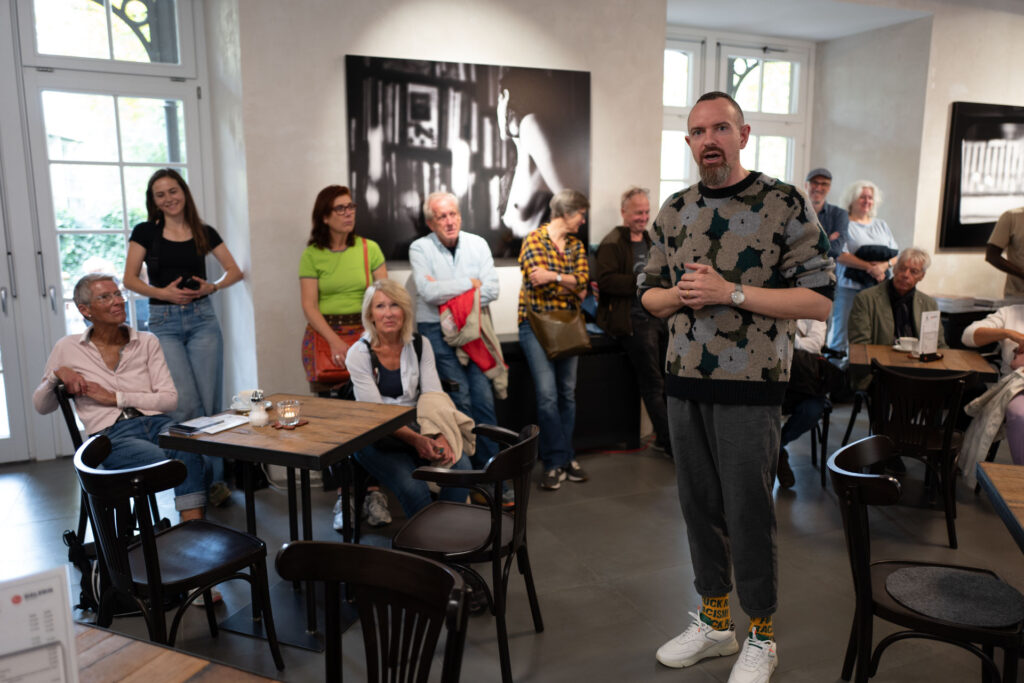




thanks for this Jörg-Peter. Interesting article and great pictures. whilst David is right, it’s nice to know that one can print sharp 2 metre prints from an M11 . . . actually, in my office I have a 6 ft print of a bridge in China made with an M9 Monochrom file, and you can stand right up to that as well, so it isn’t so new!
Jono, this is an interesting conversation. In the late 19th Century a man called Alfred Werner built a room sized camera here in Dublin which produced negatives of 6ft x 3.5ft. It required two men inside the camera to change the plates. It is a pity that I cannot post images directly onto Macfilos, but I can send JP, Mike and yourself, by email, photos of the camera, an un-enlarged print which is 6 feet high and, most spectacularly, a photo of the 6 foot high negative plate. The best known image from the camera is of a woman called Maud Gonne. The huge negative plate of her image is referred to, affectionally, by the staff of the National Photographic Archive, where it resides, as ‘Big Maud’.
To David’s point, he is absolutely right. The digital era has produced legions of photographers peering at pixels on computer screens, whereas ‘normal people’ consume photography from a variety of distances and never notice the pixels.
William
Dear Jono and William,
agreed! Sheer resolution is more of a theoretical variable. Nobody needs a 300 dpi print resolution when looking at a large image from a sensible distance. Huge billboards are made for passers-by who explicitly will not scrutinize the details. A print in a book is made for viewing from a normal reading distance. In so far, the pixel race might be questionable. But if you could see Bernhard Frei’s images in the gallery setting, you would be fascinated. Because you can look at them from short distance and discover the details. And this is a major achievement of the high-resolving sensors.
– William, the “Big Maud” negative is fascinating. I hope I get round to writing something about the (ir)relevance of resolution in the near future. If so, I would love to use the images you have sent me, William.
Best wishes, JP
Get in touch, JP, if you need something. It was Jono’s comment about a 6 foot print of a bridge in China that reminded me of the 6 foot negative. In fact, a room-sized camera is not so far-fetched as cameras originally were rooms and the word ‘camera’ comes from the Latin word for ‘room’. I am cataloguing the collection in which this 6 foot x 3.5 foot ‘Big Maud’ glass negative sits, but we are not going to go near her. As it was 130 years ago, it still would take two people to handle the precious 130 year old giant plate.
Like you, I am not really fan of discussing ‘sharpness’ or ‘pixels’ as I strongly believe that such things can confuse about what creates great photography. A very large, but not too large, print can have an impact on a viewer, but most people would view such prints from a distance that enables them to take in the whole of the picture.
William
Thanks, David, I did not get round to replying earlier. You are perfectly right, of course, it is all a matter of viewing distance. You will never scrutinise a billboard from a normal book reading distance, so a photo on a billboard just doesn’t need the resolution of an A4 image in an arts book. But in a gallery, where you can and maybe want to step close to an image, resolution might play a bigger role. And here, it is just stunning what Bernhard Kern delivers. Online image can’t convey this, sorry. And if such resolution is necessary lies in the in the eyes of the beholder anyway… All the best, J-P
.
Ooh, I dunno, J-P.. Bert Hardy shot ‘You’re never alone with a Strand’ cigarette advertising BILLBOARDS with a 35mm Leica ..but apparent sharpness – of big prints – depends to a great extent on how far away – or how close – you are when you’re looking at them.
If viewers are going to get up close – a foot or so away – then the more detail which you want people to see, the higher the resolution, and the sharper the lens you’ll need when shooting. But if people will be looking from across the room at seven-foot wide photos, then a micro-four-thirds Olympus (with those sharp Olympus lenses) would be perfectly adequate.
And 35mm’s OK for a billboard for people going past on a bus!